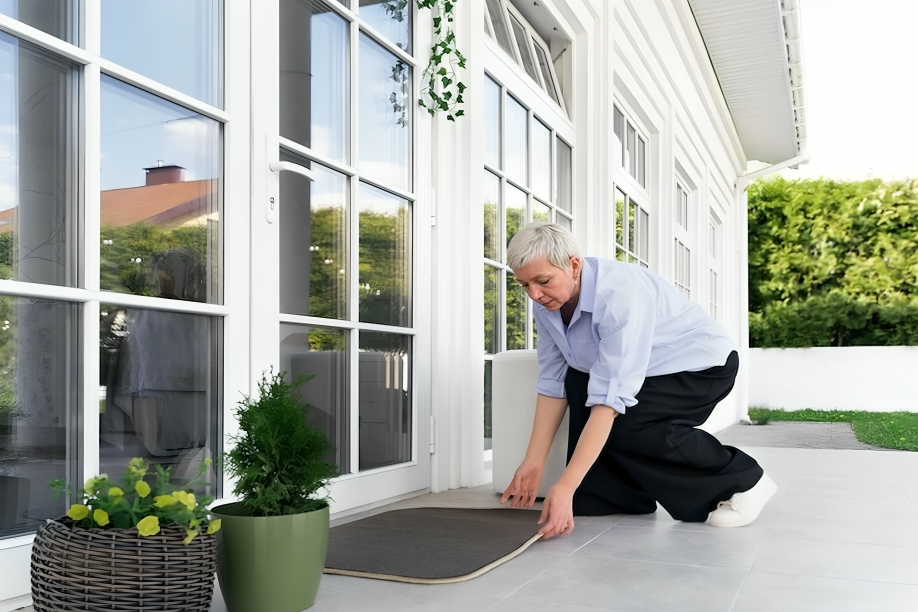Double glazing is one of the most effective ways to improve energy efficiency, reduce noise, and boost the value of your property. But when it comes to older homes, the process can be more challenging. How do you preserve the charm of vintage architecture while reaping the benefits of modern insulation? Keep reading to discover expert strategies for tackling this delicate balance.
Introduction
Older homes often exude timeless charm with their unique character and intricate designs. However, these homes are frequently less energy-efficient due to outdated single-pane windows that fail to retain heat or block noise effectively. Installing double glazing offers a modern solution to these issues while maintaining the architectural integrity of your property.
This article will guide you through the best practices for installing double glazing in older homes. From choosing the right materials to working with skilled professionals like window installers Northwood, we’ll explore the critical steps to ensure your home retains its beauty while meeting modern energy standards.
Why Double Glazing Matters for Older Homes
Double glazing doesn’t just add insulation; it’s a game-changer for home comfort. Older homes, with their traditional windows, often suffer from excessive heat loss and poor soundproofing. Double glazing not only combats these issues but also reduces energy bills significantly.
While it’s tempting to rush into a window upgrade, improper installation can compromise your home’s historic appeal. This makes it crucial to understand the unique considerations for heritage properties before diving into the project.
Selecting the Right Style and Material
Older homes often feature distinct window designs, such as sash or casement styles. To preserve the home’s character, it’s vital to choose double-glazed units that mimic the original look while offering modern efficiency.
Popular materials for heritage homes include timber, which provides authenticity, or uPVC for a low-maintenance, cost-effective option. Ensure that the chosen material complements your home’s architectural style while meeting local building regulations.
Understanding Planning Permissions
Installing double glazing in listed buildings or conservation areas may require planning permission. Local authorities often impose strict guidelines to protect a property’s historic appearance, and failure to comply can result in fines.
Research local laws or consult with experienced professionals who are familiar with heritage building regulations. This step ensures your project progresses smoothly without legal hurdles.
Hiring Skilled Window Installers
The expertise of your chosen installers can make or break your project. Skilled professionals, like window installers Northwood, understand the nuances of working with older homes and can provide tailored solutions.
Look for certified installers with experience in heritage properties. Ask for references, check reviews, and ensure they use high-quality materials to guarantee lasting results. A knowledgeable installer will also help you navigate planning permissions if required.
Retrofitting vs. Replacing Windows
When upgrading windows in older homes, you’ll need to decide between retrofitting double glazing into existing frames or replacing the windows entirely.
Retrofitting involves installing double-glazed units within the original frames, retaining the home’s historic charm. While it’s often costlier, this option is ideal for preserving authenticity.
Replacing windows, on the other hand, allows for a complete refresh, which may be necessary if the frames are damaged or beyond repair. Modern replicas of traditional windows can strike a balance between aesthetics and efficiency.
Balancing Energy Efficiency with Aesthetics
The main challenge in older homes is achieving energy efficiency without sacrificing aesthetics. Custom-made double-glazing solutions allow you to maintain the original window design while upgrading insulation.
Opt for slimline double glazing, which offers a discreet, less bulky appearance compared to traditional units. Adding features like decorative glazing bars or colored frames can further enhance the visual harmony between old and new.
Maintaining and Caring for Your New Windows
Once your double glazing is installed, regular maintenance is crucial to ensure longevity. Periodic cleaning and sealing help prevent condensation build-up and extend the lifespan of your windows.
For timber frames, treat the wood annually to protect against weather damage. uPVC windows, on the other hand, require minimal upkeep, needing only occasional cleaning with soapy water.
Conclusion
Installing double glazing in older homes requires a thoughtful approach to balance modern benefits with heritage aesthetics. By choosing the right materials, navigating planning permissions, and hiring experienced professionals like window installers Northwood, you can achieve a seamless upgrade that preserves your home’s character.
Double glazing offers unparalleled energy efficiency and comfort, but it’s essential to weigh the costs and challenges unique to older homes. Whether retrofitting into existing frames or opting for complete replacements, working with skilled professionals ensures a successful outcome.
Ultimately, the investment in high-quality double glazing not only improves your home’s functionality but also enhances its value and curb appeal. Take the time to plan carefully, and you’ll enjoy the rewards of a beautifully modernized yet timeless property for years to come.
